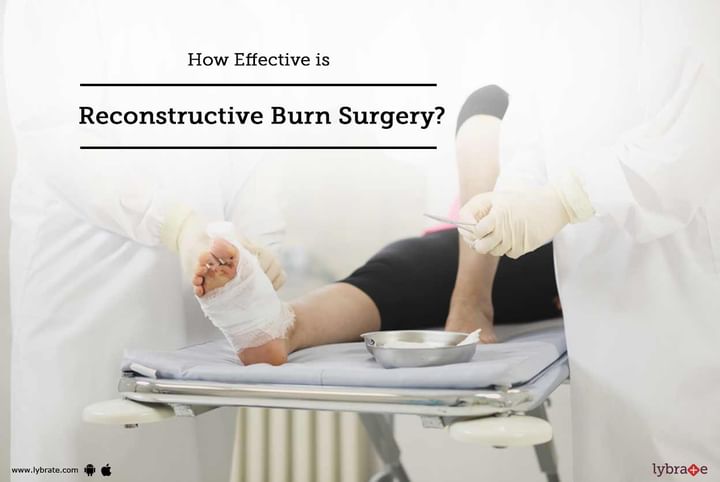How Effective is Reconstructive Burn Surgery?
Some of the worst scars are those resulting from burns. Burn scars are not only cosmetically unappealing, they can also hinder your mobility and cause a loss of sensation. Luckily, burn scars can be revised to a great extent with cosmetic surgery.
The first step in burn reconstruction surgery is the removal of debris and dead tissue. From here, your surgeon may choose to go one of the several ways depending on the nature of the burn and area affected. Some techniques used for burn reconstruction are:
- Skin grafts: In this procedure, healthy skin is removed from one part of the body and transplanted to another. There are two types of skin grafts; split thickness and full thickness. In the former, only a few layers of the skin are transplanted while in the latter, the entire dermis is transplanted. In most cases, the healthy skin is taken from the buttocks or inner thighs. The donor site usually recovers within 3 weeks, though full thickness transplant cases may take a little longer to heal.
- Free flaps: This procedure involves the transplantation of skin, muscle and bone tissue from one part of the body to another along with the original blood supply. It also involves the use of microsurgery. Free flaps take longer to heal than skin grafts.
- Tissue expansion: This procedure encourages the body to grow extra skin to be used for reconstructive surgery. It involves the insertion of an instrument known as a balloon expander under the skin. This balloon is slowly filled with saline solution and stretches making the skin above it stretch and grow. Once enough skin has been grown, it is then harvested and used to reconstruct the damaged part. Though the procedure results in minimal scarring and the colour and texture of the skin used to reconstruction are a near match to the surrounding area it is a slow process that can take up to 4 months.
The results depend on the type and amount of deformity, which are usually satisfactory, but are not appreciated immediately. Tissues normally take time to heal, which may be from weeks to months and in some cases one surgery alone will not be able to cure problems and repeated or multiple operations may be required. One should not expect miracles in terms of surgery, as the improvement will be slow and steady and will depend on factors like how the patient is taking care of its overall health and wellness post surgery.



+1.svg)
